|
“Traveling—it leaves you speechless, then turns you into a storyteller.” -Ibn Battuta, 1369 CE During my initial play-through of The Legend of Zelda: Breath of the Wild (2017), I had been reflecting on what made the game so fascinating to me and why it resonated so much. Besides being an inherent part of my nature, I traced back part of my love for adventure to certain animated series I grew up with, including shows like Grimm’s Fairy Tale Classics (1987), The World of David the Gnome (1987), The Littl’ Bits (1980), and Arabian Nights: Sinbad’s Adventures (1975). The latter in particular, a Japanese production by Nippon Animation, was probably the most endearing to me. As I revisited the 52-episode show recently, I was amazed to find just how much imagery seemed to parallel that of Breath of the Wild, including various cultures, locations, and even mythos. The series is based on an amalgam of both ancient stories from The Arabian Nights, including the adventures of Sinbad, as well as the travels and adventures of real-life Moroccan explorer Ibn Battuta. Sometimes referred to as the Marco Polo of the Near East, we know about his many adventures through his travelogue, simply titled The Travels. It mostly consists of descriptions of the cultures and lands that he visited from Morocco all the way to China (he didn’t come back home until 30 years later). Although it is essentially a work of non-fiction, he includes many folktales and mythology from the places he visited. It provides somewhat of a snapshot of the world in the early 14th century, along with many of its legends and folklore. One of the earliest episodes in the series explores the legend of the mysterious floating island that only makes an appearance once in a blue moon. Sinbad and his fellow seafarers soon find out that the island is in fact perched atop the back of a blue whale that makes its way to the surface every once in a while before diving back into the depths of the ocean whence it came. This creature of legend traces its origin back to a fabled sea creature known as aspidochelone. Found in ancient compendiums and medieval bestiaries, the creature was variously described as a large whale or sea turtle with huge spines on the ridge of its back. Regardless of its form, it was often mistaken for an island and appeared rocky with crevices, trees, and greenery all about. The name aspidochelone appears to be a compound word combing Greek aspis (shield) and chelone (turtle). It was said to rise to the surface from the depths of the sea, enticing unwitting sailors with its island appearance to make landfall before pulling them down below. Accounts of seafarers’ encounters with gigantic fish appear in various travelers’ myths and lore in Greece, Egypt, and throughout Europe. In the folklore of the Inuit of Greenland, there was a similar monster called the Imap Umassoursa. Similarly, in Irish folklore, there was a giant fish of a monster that breached the boat of Saint Brendan called the Jasconius. It is also mentioned in The Wonders of Creation (1203 C.E.) by Al-Qazwini in Persia and in the 9th century manuscript Book of Animals by Al-Jahiz. The tale eventually found its way into The Arabian Nights as part of Sinbad’s first voyage. Sinbad’s next adventure takes him to a mysterious island where he encounters the legendary bird of prey known as the Roc. The English form originates from the Arabic ruḵḵ. The creature appears in Near Eastern geographies and natural history, popularized in Arabian fairy tales and sailors’ folklore. Moroccan traveler Ibn Battuta tells of a mountain hovering in the air over the China Sea in his renowned travelogue The Travels (1369 C.E.). In the 13th century, Marco Polo claimed that the Roc flew to Madagascar “from the Southern regions,” and that the Great Khan sent messengers who returned with a feather from the giant beast. In The Arabian Nights, the Roc appears on a tropical island during Sinbad’s second voyage. Because of Polo’s account, others identified the island as Madagascar, which became the location for stories about other giant birds. Interestingly, the Roc is also identified in the medieval Ethiopian manuscript Kebra Negastas as the agent responsible for delivering a blessed piece of wood to King Solomon, which enabled the great king to complete the Temple. The scientific culture of the 19th century introduced some rationalizations for the myth by suggesting that the creature’s origins may lie in embellishments of the often-witnessed power of the eagle that could carry away a newborn lamb. Recently, a fossilized Malagasy crowned eagle, identified from Madagascar, was actually implicated as a top bird predator of the island, whose megafauna once included giant lemurs and hippos. The enormous Aepyornis elephant bird, hunted to extinction by the 16th century, was also posited as a possible origin, with its towering three-meter-tall stature and a lack of flight. Other rationalizing theories suggest that the existence of the Roc was postulated from the sight of the African ostrich, which, because of its flightless nature and unusual appearance, was mistaken for the chick of a presumably much larger species. Across his journeys, Sinbad encounters many of the characters and situations found in the classical tales of The Arabian Nights. From the story of Aladdin’s lamp and the Cave of Wonders to Ali Baba and the forty thieves, the series weaves several of these plot threads into Sinbad’s adventures. In one episode they even come across the legendary magic carpet, said to have been derived from one of King Solomon’s miracles. Their travels take them all across the African continent, the Arabian peninsula, the near eastern lands of Asia, and many coastal cities along the Mediterranean. In one episode, they visit the desert lands of Egypt where they come upon the ancient Sphinx and the Great Pyramids of Giza. In one two-part episode, Sinbad and his friends find themselves stranded on a mysterious island and taken prisoner by a legion of bite sized pirates. The story can easily be mistaken for a direct adaptation of Jonathan Swift’s Gulliver’s Travels (1726), however, the tale is in fact adapted from the ancient Japanese story of Wokou, with a few flourishes from Swift’s account. The Wokou were “dwarf pirates” who reportedly raided the coastlines of China, Japan, and Korea. Records report that the main camps of the early Wokou were found on the islands of Tsushima, Iki Island, and the Gotō Islands. d\During one of their journeys, Sindbad and his companions come across an oasis in the middle of the desert and decide to rest for the night. Upon awakening, they are shocked to find a mysterious kingdom where none had been the day before. As they investigate, they come to realize that this kingdom only appears once every 100 years after a curse had been placed upon them. This tale traces its roots back to an old Scottish legend which tells of a hidden village known as Brigadoon. Legends says that the village disappeared in the 18th century during the Jacobite Rebellion. It’s believed to be hidden somewhere in the Scottish Highlands but no one has ever known the exact location. The village is invisible to the outside world except for one day every one hundred years. According to the legend, the people in Brigadoon haven’t aged and life is still the same as it was back in the 18th century. It’s a place where time stands still. During that one day of visibility, outsiders are allowed to visit the village. They can even stay if they wish, but only if they have fallen in love with one of the villagers and are willing to leave the outside world behind. If they decide to stay, they will have to stay for the rest of their days. If anyone leaves, the village and its inhabitants would forever disappear into the mist and their cursed souls would be forced to wander the Highlands for eternity. As for the term Brigadoon, it is derived from an old medieval bridge called Brig o’ doon located in Ayrshire, Scotland. Some people believe that this bridge has something to do with the story of the hidden village. It was built in the 15th century with cobblestones ranked in a specific arrangement, supposedly to prevent witches from crossing the bridge. As they continue on their journey, Sinbad and his friends come across several different iconic structures and monuments from the legends of old. In one episode they encounter a mysterious ghost ship in the middle of the desert, which is the subject of legends about various historical maritime vessels having supposedly become stranded and subsequently lost to time. In another episode they find a reincarnation of the ancient Tower of Babel, built during the heyday of the Assyrian Empire. During their travels Sinbad and his companions comes across a unique group of cave dwellers who live underground. Primitive in their culture and sophistication, the cave dwellers offer a counterpoint to the progress that mankind has made over the centuries and question some of the decisions and wisdoms of refined civilizations. The episode offers an interesting reflection on the dangers of modernization and expounds on some of the benefits of returning to a more natural way of life. The visual appearance of the tribe along with the fiery imagery of an erupting volcano evoke memories of the Gorons and Death Mountain from The Legend of Zelda: Breath of the Wild. Sinbad eventually finds himself among the people of the Kingdom of Sarandīb. The name was an ancient term used by Persians and the Arabs of yore to refer to the country of Sri Lanka. Interestingly, it was this ancient name that gave the English language the word serendipity. Ibn Battuta also mentions the mysterious mountain of Sarandīb in his travelogue. The mountain known as Adam’s Peak in the Ratnapura District has since time immemorial been called the “Mountain of Father Adam.” Locals believe that it bears at its summit the imprint of the foot of Adam, the father of mankind. This is also reflected in classic Arabic literature, which holds that Adam descended on Sarandib and Eve in Jeddah (which incidentally means ‘grandmother’ in Arabic) after their fall from paradise. Along his journey, Sinbad meets a beautiful mermaid who aids him when he becomes stranded on an island. Mermaids appear in the folklore of many cultures worldwide, including the Near East, Europe, Africa, and Asia. The first stories appeared in ancient Assyria around 1000 BCE, in which the goddess Atargatis transformed herself into a mermaid out of shame for accidentally killing her human lover. Some of the attributes of mermaids may have been influenced by the Sirens of Greek mythology. Historical accounts of mermaids, such as those reported by Christopher Columbus during his exploration of the Caribbean, may have been inspired by manatees and similar aquatic mammals. Many folklorists and mythographers deem that the origin of the mythic mermaid is, in fact, the dugong, posing a theory that mythicized tales have been constructed around early sightings of dugongs by sailors. Depictions of entities with the tails of fish, but upper bodies of human beings also appear in Mesopotamian artwork from the Old Babylonian Period onwards. Although the parallels may not seem obvious at first, it is possible that these aquatic beings and their domain served as partial inspiration for the Zora tribe in The Legend of Zelda: Breath of the Wild. During one of their adventures, Sinbad and his friends attempt to save a camel from being preyed upon by an unusual race of bird-like creatures. These fascinating creatures appear to be based on the Karura, a divine creature with a human torso and a bird-like head in Japanese mythology. Interestingly, the name is a transliteration of Garuda, a race of enormously large birds in Hinduism, upon which the Japanese Buddhist version is based. The Rito tribe in The Legend of Zelda: Breath of the Wild bear a striking resemblance to the Karura and appear to be based, in part, on these mythical creatures of yore. In one particular episode, (aptly titled All-Women Kingdom), Sinbad lands on an island where an all-female Queendom dwells. Interestingly, there is a striking resemblance of both the nature of their society as well as the character design of the female warriors to that of the Gerudo in The Legend of Zelda: Breath of the Wild. Even their shield designs looked identical to those of the Gerudo. Given that the show was produced in Japan over 40 years earlier, it’s possible that there was some inspiration taken from it. However, it is more likely that they both derive these elements from a more ancient source. Looking back through Ibn Battuta’s travelogue, there is nothing in particular to match this description. Considering their culture appears to share many North African and Near Eastern characteristics, it is more than likely that they were inspired by the ancient Amazon tribe of present-day Turkey. The 8th century BCE poet Homer was the first to mention the existence of the Amazons. In the Iliad—which is set 500 years earlier, during the Bronze or Heroic Age—Homer referred to them somewhat cursorily as Amazons antianeirai, an ambiguous term that has resulted in many different translations, from “antagonistic to men” to “the equal of men.” In any case, these women were considered worthy enough opponents for Homer’s male characters to be able to boast of killing them without appearing cowardly. From then on, the Amazons played an indispensable role in the foundation legends of Athens. The first pictorial representations of Greek heroes fighting scantily clad Amazons began to appear on ceramics around the sixth century BCE. The idea quickly caught on and soon the motif could be found everywhere: on jewelry, friezes, household items and, of course, pottery. It became a ubiquitous trope in Greek culture. The more important the Amazons became to Athenian national identity, the more the Greeks searched for evidence of their vanquished foe. The fifth century BCE historian Herodotus did his best to fill in the missing gaps. He located the Amazonian capital as Themiscyra, a fortified city on the banks of the Thermodon River near the coast of the Black Sea in what is now northern Turkey. The women divided their time between pillaging expeditions as far afield as Persia and founding new towns closer to home. Procreation was confined to an annual event with a neighboring tribe. Boys were sent back to their fathers, while girls were trained to become warriors. An encounter with the Greeks at the Battle of Thermodon ended this idyllic existence, however. Three shiploads of captured Amazons ran aground near Scythia, on the southern coast of the Black Sea. At first, the Amazons and the Scythians were braced to fight each other. But love conquered all and the two groups eventually intermarried. Their descendants became nomads, trekking northeast into the steppes where they founded a new race of Scythians called the Sauromatians. “The women of the Sauromatae have continued from that day to the present,” wrote Herodotus, “to observe their ancient customs, frequently hunting on horseback with their husbands...in war taking the field and wearing the very same dress as the men...Their marriage law lays it down, that no girl shall wed until she has killed a man in battle.” Over the course of 52 episodes, Sinbad and his companions traveled the world, visiting different cities, learning about distant cultures, and making new friends along the way. In the last episode, they make their way back to Baghdad before deciding that they are ready for a new adventure.
0 Comments
|
AuthorMohammad Osman is an Artist, Writer, & Cultural Historian. ArchivesCategories |
- Home
-
Articles
-
Film
>
- Dark Side of the Screen: The Art of Film Noir
- Gothic Romance: The Art of the Macabre
- Perchance to Dream: The Art of Dark Deco
- The Road Goes Ever On: The Art of Middle-Earth
- There and Back Again: The Visual Poetry of Middle-earth
- King Kong: The Eighth Wonder of the World
- It's Alive: Universal Classic Monsters
- It Came from Beyond: Invasion of the Sci-Fi Films
- Creatures of Habit: Teenage Mutant Ninja Turtles
- Myth and Magic: The Art of Comic Book Films
- Arabian Nights: Sinbad's Adventures
- Music >
- Games >
- History >
-
Film
>
- Artwork
- Community
- About
- Contact

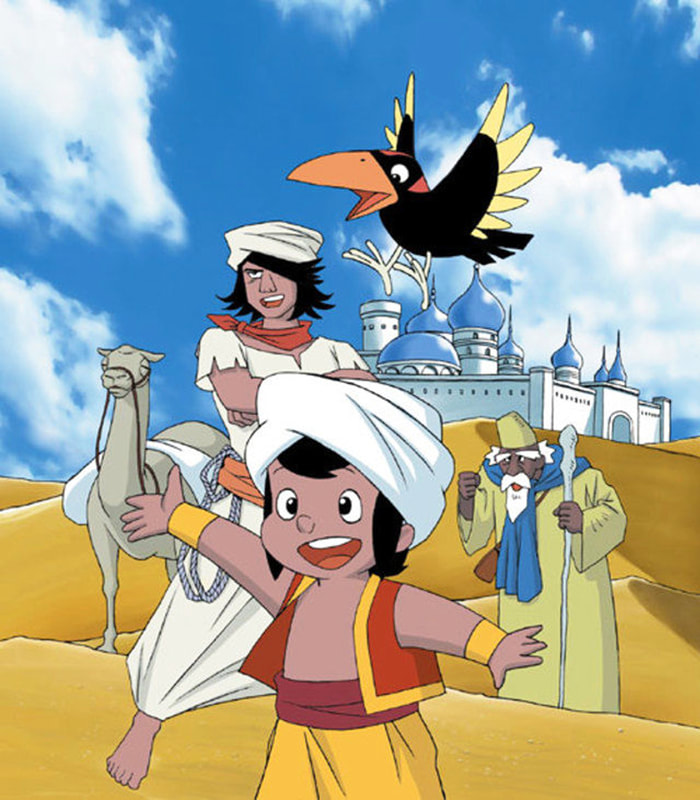






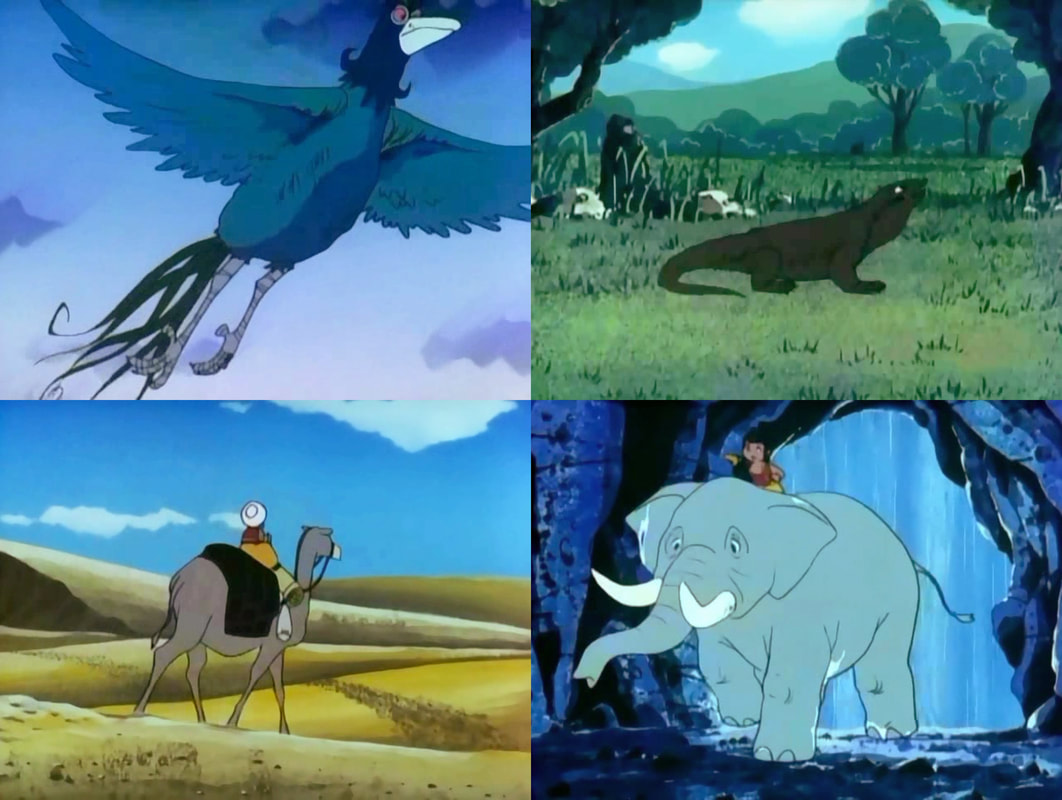


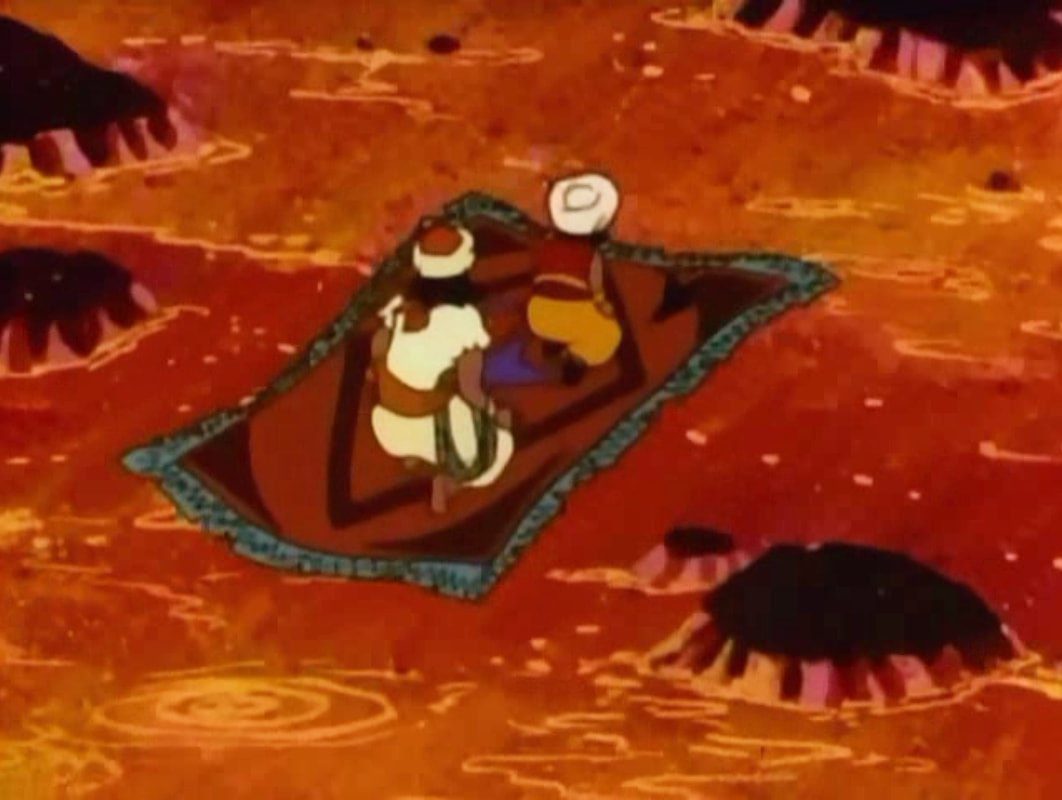


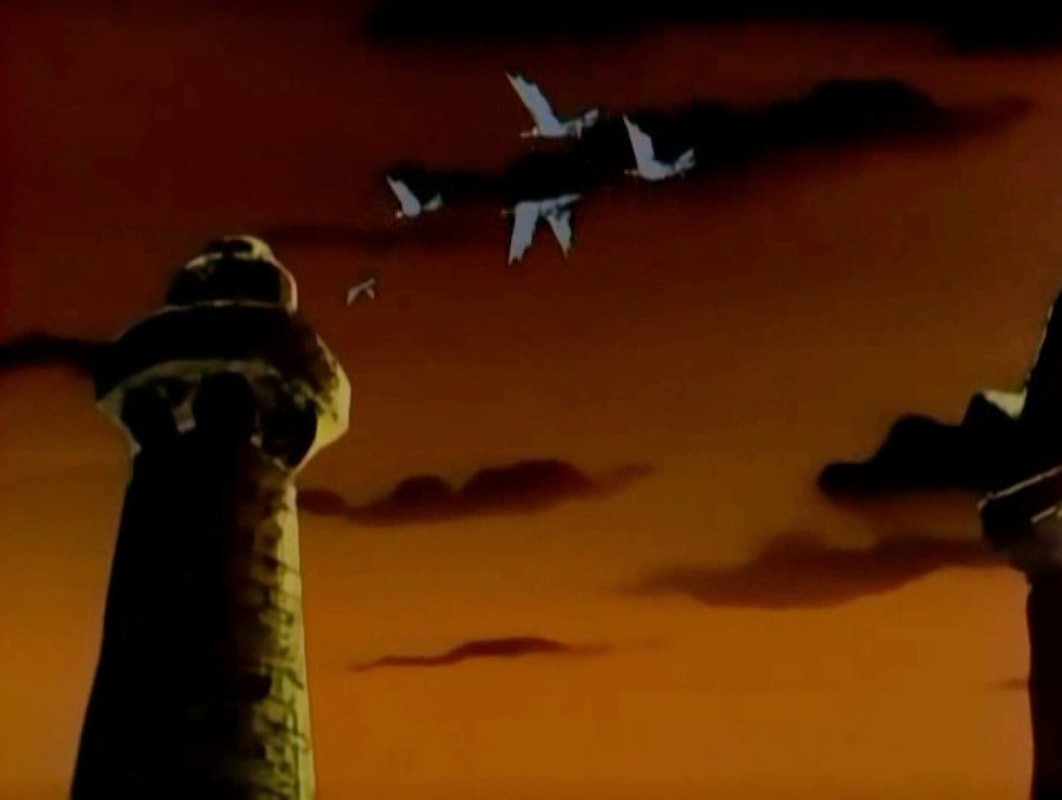
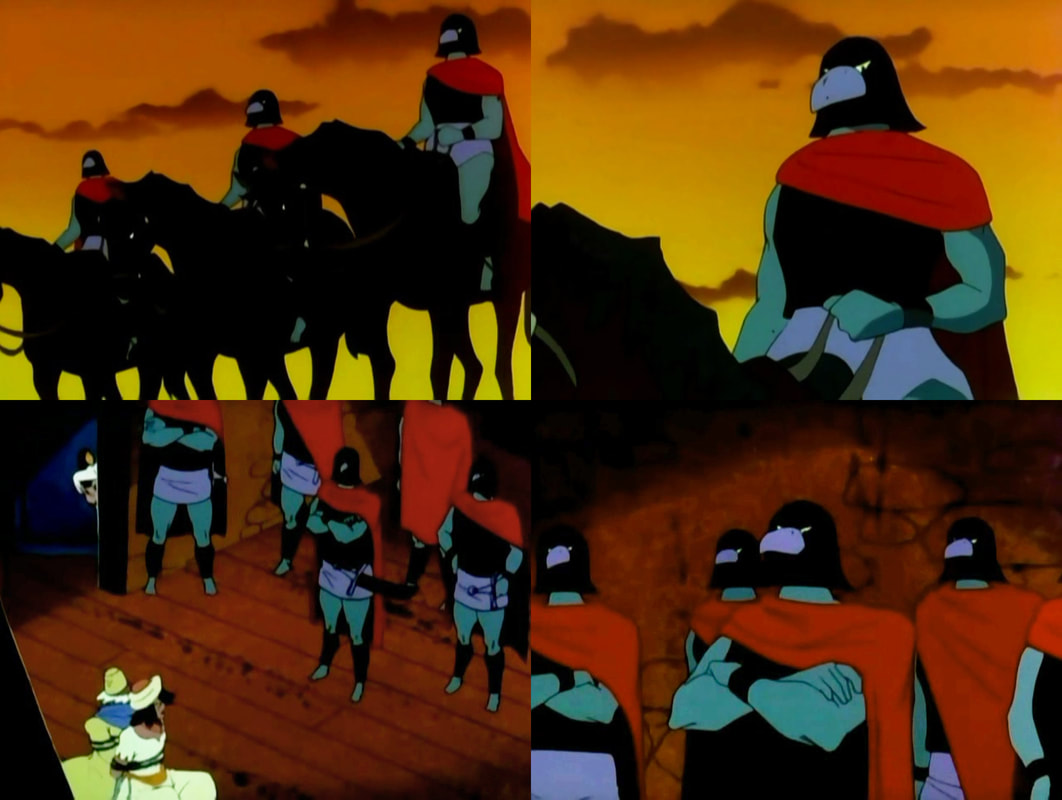
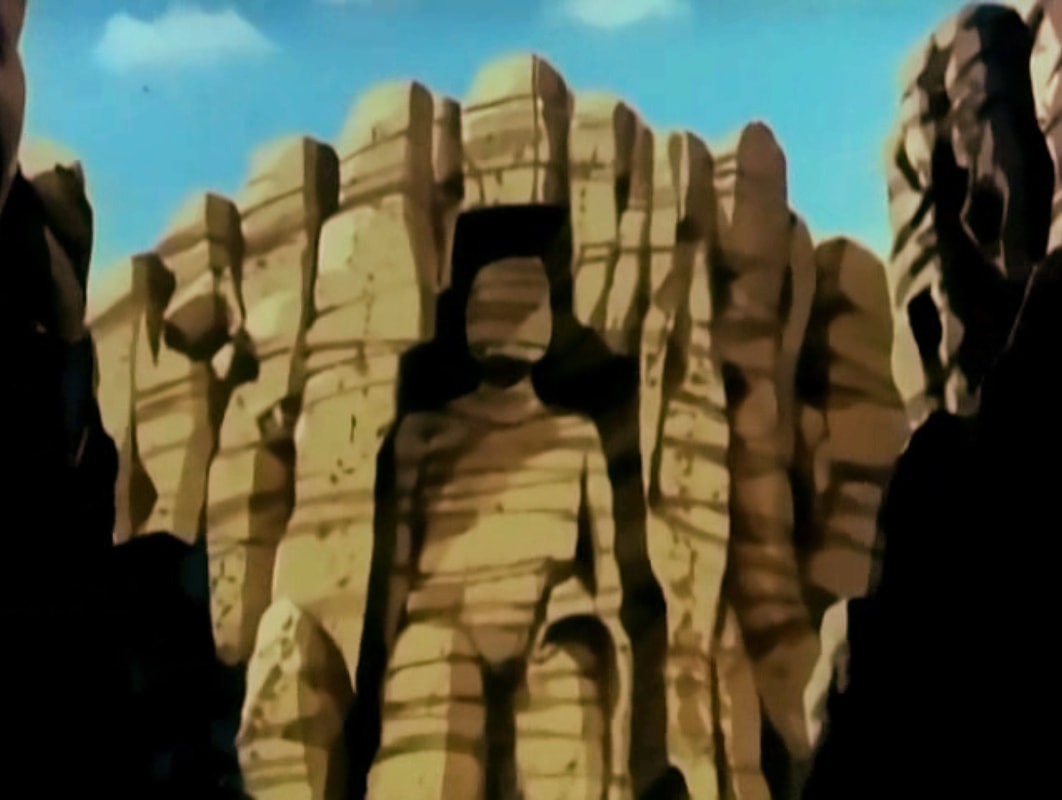
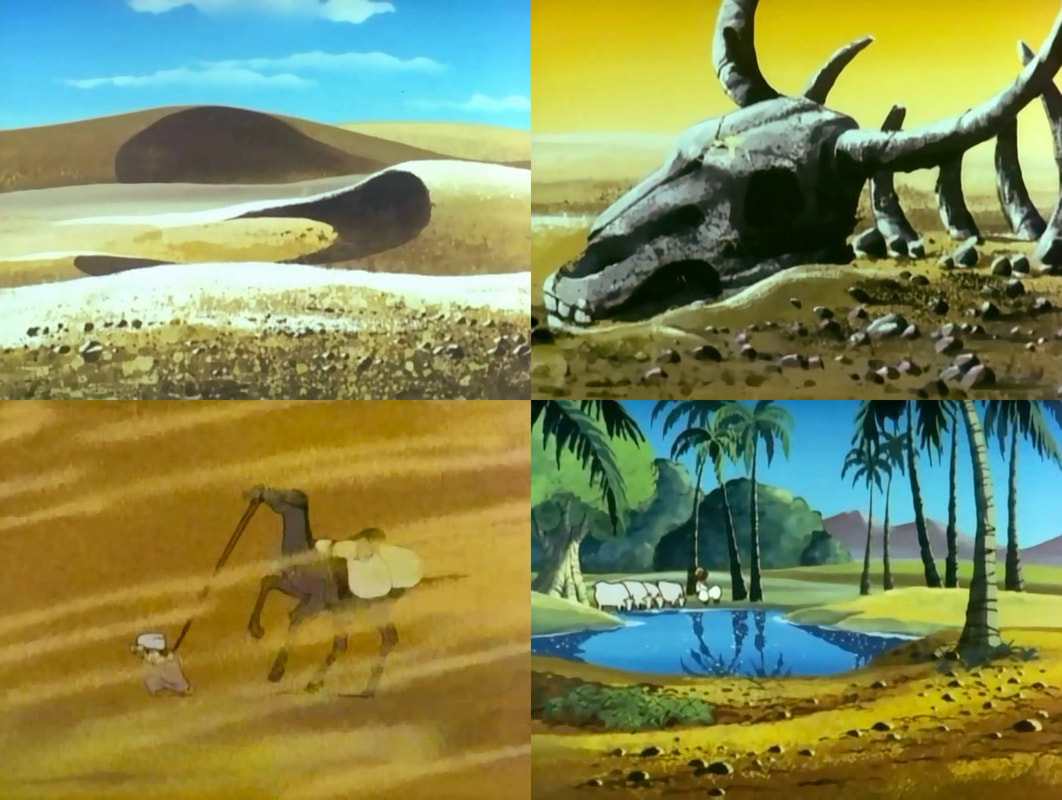
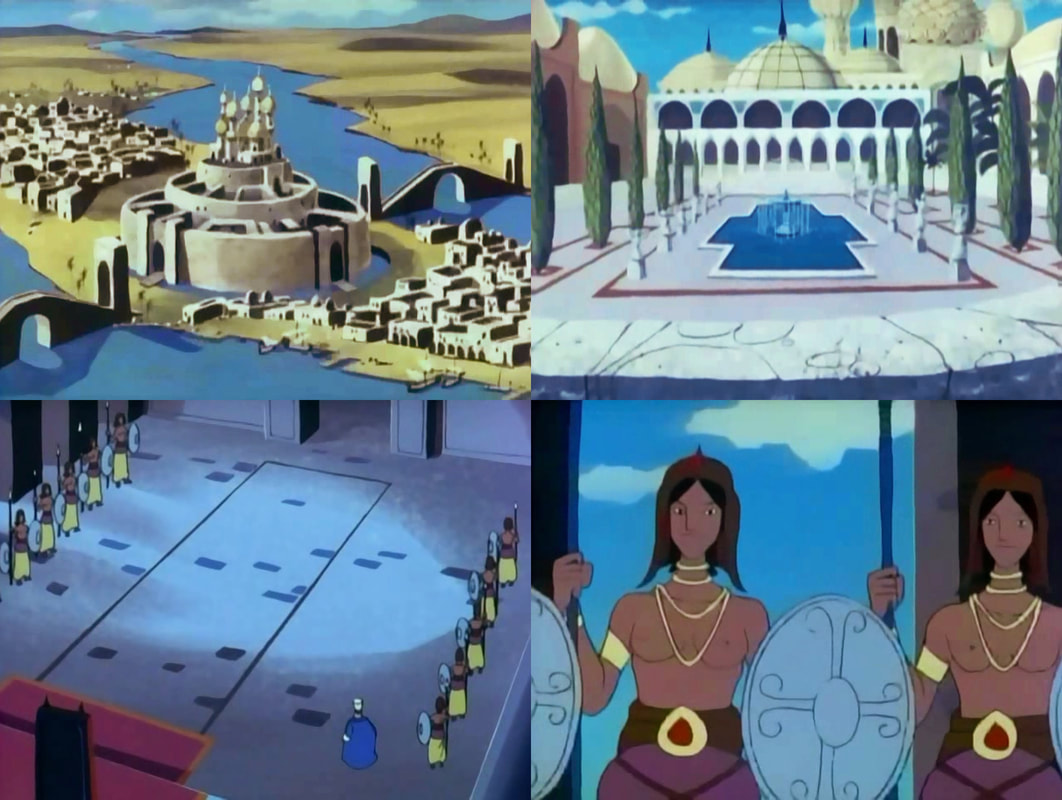
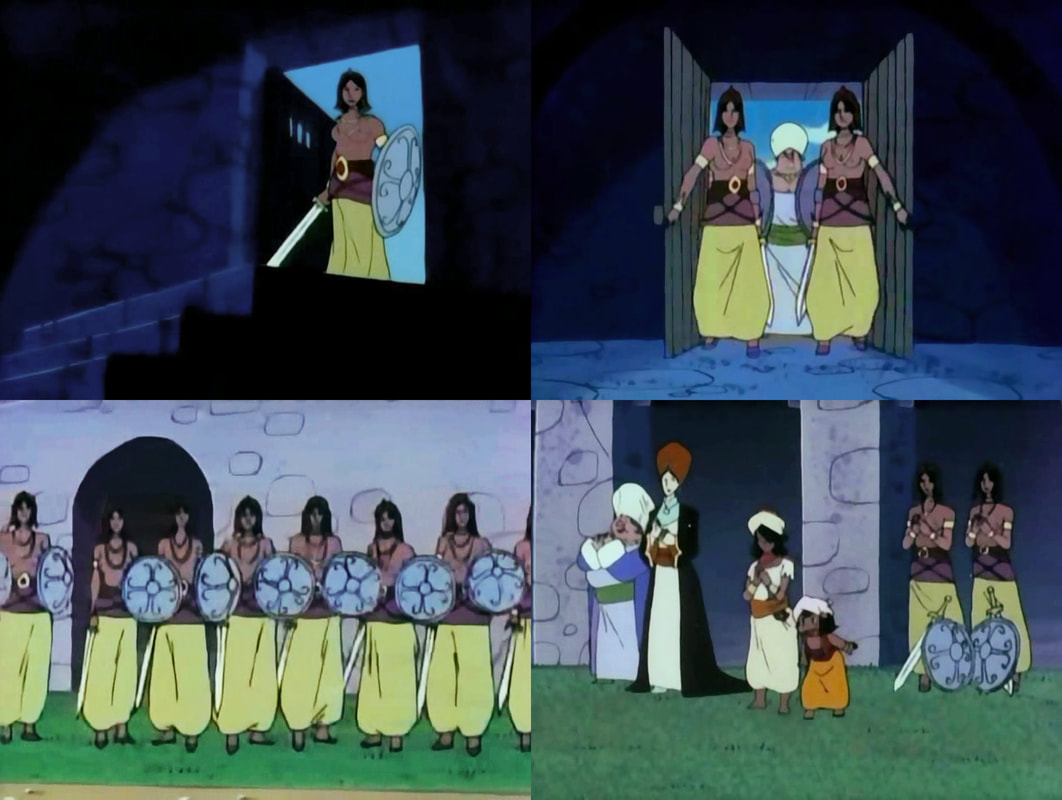


 RSS Feed
RSS Feed